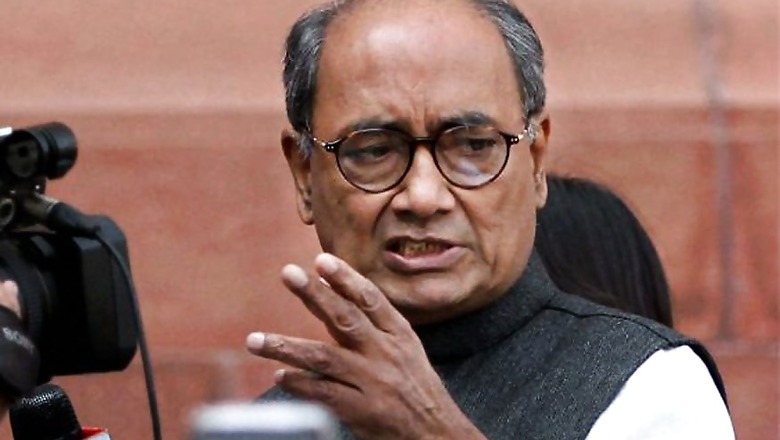
views
You can love him, or hate him. But you simply cannot ignore Digvijaya Singh. The Congress leader knows all too well that a politician survives on a regular dose of publicity — both good and bad. The challenge, thus, is to get at least a toe hold in the discourse. Other things in due course will fall in place.
Earning the wrath of BSP chief Mayawati, who singled him out for the break-up of alliance talks in Madhya Pradesh, the Thakur from Raghogarh again managed to wriggle a place for himself at the high table of already over-crowded MP Congress.
Singh, who successfully checked the BJP for 10 long years in Madhya Pradesh after the demolition of Babri Masjid at Ayodhya, has taken an electoral sanyas of a decade or more after a comprehensive defeat at the hands of Uma Bharti in 2003.
The mercurial Mayawati has now called Digvijaya Singh a "BJP agent", who, she alleges, is giving statements to vitiate alliance talks.
Though 71-year-old Singh has now been made head of the Coordination Committee for Madhya Pradesh by party chief Rahul Gandhi, there have been sings that he has fallen drastically from the grace of the high command in the last few years.
The Grand Old Party relied on him for its revival in 2012 Uttar Pradesh assembly elections, but it either grossly miscalculated or over-rated the ability of Arjun Singh’s protégé to resurrect a moribund Congress in the Hindi heartland.
Digvijaya Singh, popularly known as Diggi Raja, was once seen as Rahul Gandhi's mentor when the Gandhi scion was the AICC general secretary, learning the ropes of political manoeuvers.
Sonia Gandhi reposed full faith in him after the MP loss, and brought Digvijaya Singh to the Delhi Durbar. As AICC general secretary, he was soon handling key states like Uttar Pradesh, Bihar, Andhra Pradesh, Telangana, Karnataka and Assam.
He consciously stayed away from his home state for over 10 years, offering a free rope to his detractors within to challenge and dislodge the BJP in Madhya Pradesh. The Congress, on the other hand, lost three consecutive polls, giving the BJP a free run for 15 years in the state.
In Madhya Pradesh, he was once dubbed by his detractors as ‘Mr Bantadhaar’ and the BJP came back to power in 2003 with Bijli, Sadak and Pani). At the time, he had antagonised government employees with the calculation that the welfare programmes his government undertook for farmers and backward castes would ensure a third term for him. It was a gross miscalculation as the Congress not only lost power, but its tally of 36 was the lowest ever in a House of 230.
PV Narasimha Rao made him the chief minister in 1993 when his detractors within the Congress pressed for an OBC chief minister. And he remained loyal to Narasimha Rao, deserting his mentor Arjun Singh when the latter revolted against Rao and floated Congress (Tiwari) ahead of the 1996 Lok Sabha elections.
As general secretary in-charge of Andhra Pradesh, he could not get the credit of the Congress's electoral success in the Lok Sabha and the state assembly polls in Andhra Pradesh in 2004 because of the emergence of YS Rajasekhara Reddy as strong leader.
Nor did he get any credit for the party’s victory in other states under him – Assam and Karnataka. The local satraps like Tarun Gogoi and SM Krishna hogged the limelight.
In Delhi, almost following in the footsteps of Arjun Singh, Digvijaya Singh — a devout Hindu who observes fast for every 15 days on account of Ekadashi and visits Lord Vittahl’s shrine at Pandharpur in Maharashtra every year — carefully created his image as a secular leader who is pro-backward groups and minorities.
His stand on the Batla House encounter in the national capital proved controversial. Through a newspaper article, he had even criticised the then home minister P Chidambaram on handling of the Naxal issue. Nobody in the party and the Manmohan Singh government questioned him over the matter. Once, he even advised Rahul Gandhi at the Congress plenary at Burari in 2010 to build his own team in the party. In Congress circles, it was construed as an apparent readiness to become Rahul Gandhi’s ‘Manmohan Singh’.
As chief minister, he was influenced by the works of Anna Hazare, visited his Ralegan Siddhi in Maharashtra, built up relations with activists known for their Left leaning.
But Singh’s refusal to fight the 2014 Lok Sabha elections continues to remain a mystery.
In the last two years, Rahul Gandhi has not only dropped him from his team at the AICC after becoming the Congress president, but sent him back to Madhya Pradesh with a lesser role in election management. Currently, he is down but is he completely be out of reckoning?
(The author is a senior journalist. Views are personal.)










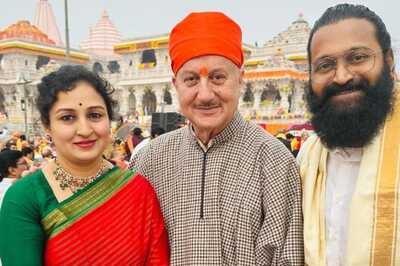
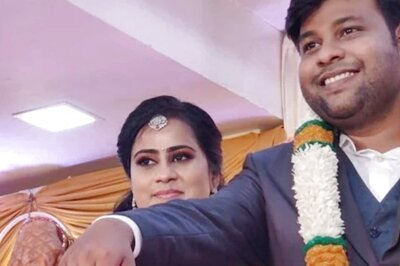

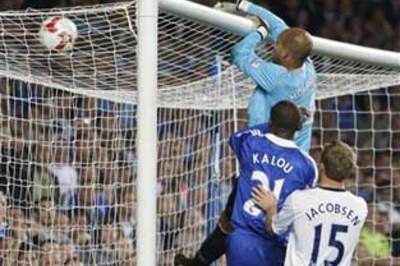

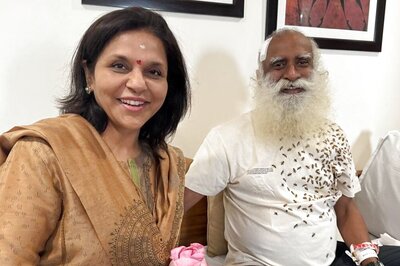




Comments
0 comment